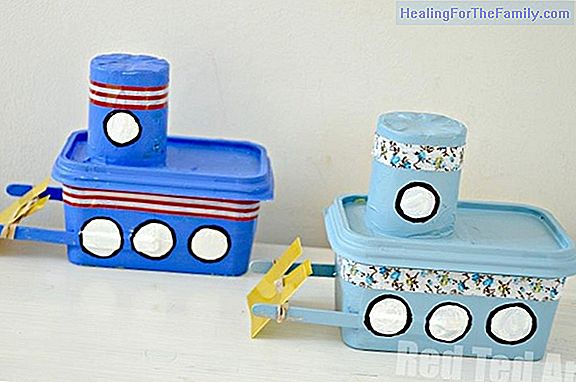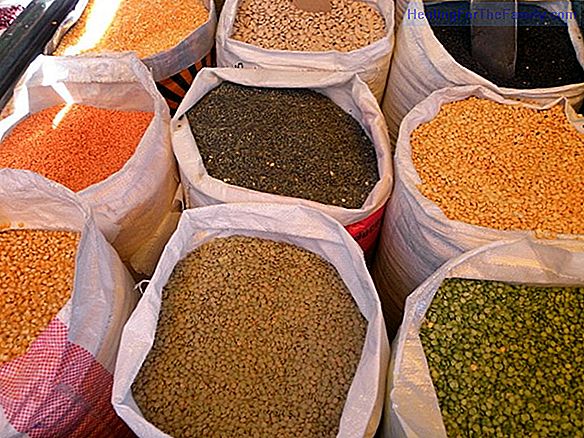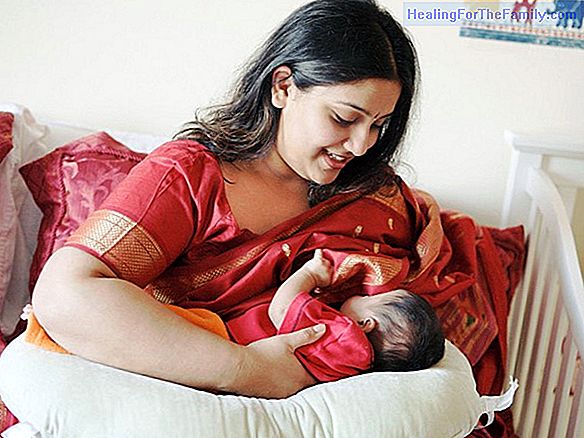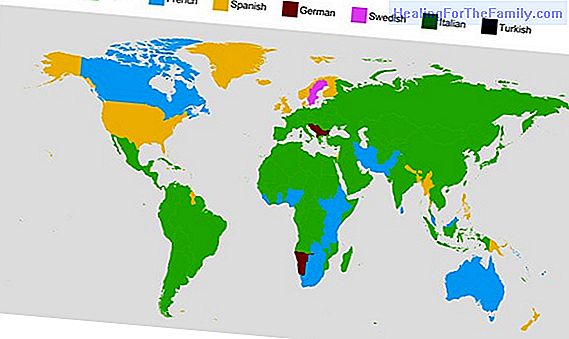Salmonellosis in children. Causes and symptoms
Salmonellosis is a Salmonella infection that usually causes diarrhea in children. It is spread well from person to person, or by ingestion of contaminated water or food (unpasteurized milk, undercooked meat, eggs, poultry products, seafood). The incubation period is 12 to 72 hours. It begins abruptl
Salmonellosis is a Salmonella infection that usually causes diarrhea in children. It is spread well from person to person, or by ingestion of contaminated water or food (unpasteurized milk, undercooked meat, eggs, poultry products, seafood).
The incubation period is 12 to 72 hours. It begins abruptly with fever, affectation of the general state, nausea, vomiting, colic abdominal pain and stools that may have blood or mucus, very stinking (like the smell of rotten eggs). We explain what exactly salmonellosis is and what the symptoms are.
What salmonellosis is and how it is transmitted in childhood

Salmonellosisis a disease caused by a bacteria calledSalmonella.It is spread in this way:
- These bacteriacan be found in soil, water, raw food and the deposition of some animals, including reptiles such as turtles and snakes.
- The transmission is carried out by consuming contaminated animal foods, mainly birds, eggs, cattle and pigs, from asymptomatic carriers that handle food or, more rarely, from person to person, especially in day-care centers and hospitals It predominates in the summer and autumn months.
- Someone can also become infected by eating food that has not been handled or prepared properly. SometimesSalmonellais found in raw foods such as eggs, milk, chicken, turkey, beef, pork. If these foods are not processed or well cooked, the bacteria remain alive in the food and can infect someone who eats it.
- People who have salmonellosis have the bacteria in their own poop, too. So if the patient does not wash their hands carefully after using the bathroom and then touches the food, the bacteria can enter the food and spread to other people. In addition, children who wear diapers that have salmonellosis can spread the infection because their poop becomes infected. People who change their diapers may get the infection that way.
Symptoms of salmonellosis in children
Salmonella mainly causes vomiting, nausea and intestinal cramps . The symptoms of most infections begin within 3 days of contamination and usually go away without medical treatment. It can generate these other diseases as sinomatology:-
Gastroenteritis: with an incubation period of 12-48 hours, followed by fever, general condition, nausea, vomiting, abdominal cramping, tenesmus and very malodorous mucosanguineous stools. Diarrhea usually lasts 3-4 days. -
Bacteremia (1-4% of cases): Suspected persistent fever, especially in the infant. S. typhimurium and S. cholerae-suis are responsible for most of the cases. It can be especially serious in neonates, children with cellular immunity deficiency, schistosomiasis and sickle cell anemia. - Enteric fever and typhoid fever:
Has an incubation period of 7 to 14 days. The first phase of the disease is characterized by high fever, malaise, lack of appetite, myalgia, headache, abdominal pain and diarrhea. In a second phase the high fever is maintained and fatigue, anorexia and abdominal symptoms increase in intensity. Patients are lethargic; on physical examination they present bradycardia, hepatosplenomegaly, abdominal distention and maculopapular rash or roseola.Occasionally, salmonellosis can be complicated in 1-5% of children, usually infants, and extraintestinal complications frequently occur: appendicitis, peritonitis, abscesses, meningitis, osteomyelitis, endocarditis, arthritis.












